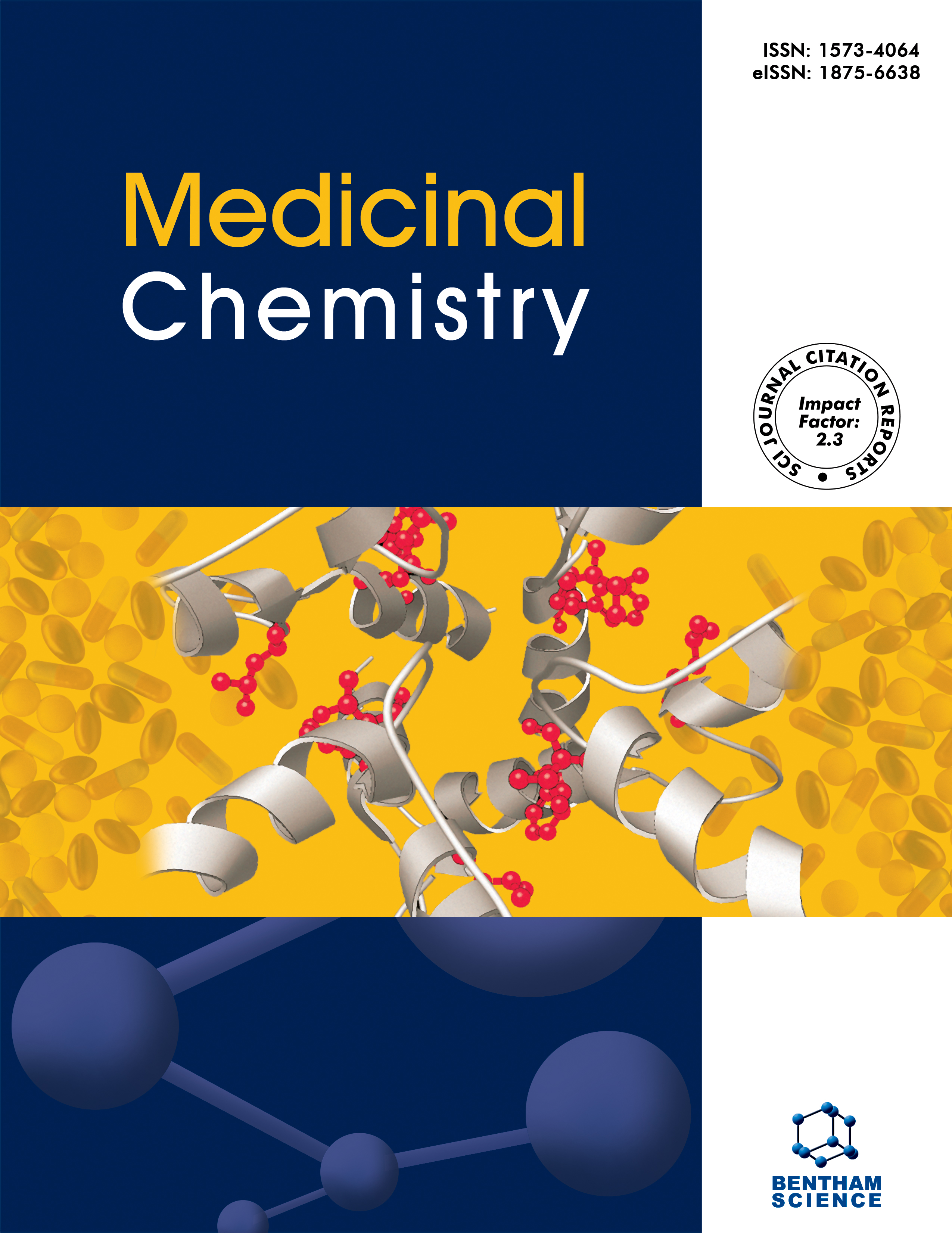-
s Bioavailability of Endomorphins and the Blood-brain Barrier- A Review
- Source: Medicinal Chemistry, Volume 10, Issue 1, Feb 2014, p. 2 - 17
-
- 01 Feb 2014
Abstract
Opioid peptides have the potential to be pharmaceutical agents for the treatment of pain because they modulate nociceptive pathways at supraspinal, spinal and peripheral levels. Unfortunately, peptides are generally hydrophilic compounds and therefore unable to cross the blood-brain barrier (BBB) by passive diffusion to reach the central nervous system (CNS) in an amount sufficient to activate appropriate receptors. Endomorphins (EMs) belong to the class of endogenous opioids eliciting the strongest analgesic effect, but only after direct administration to the CNS. Extensive research is in progress to better understand the relationships between EM structure and bioavailability. This article deals with the recent investigations that allow the design of stable and neuroactive EM analogs with enhanced brain passage and uptake.


